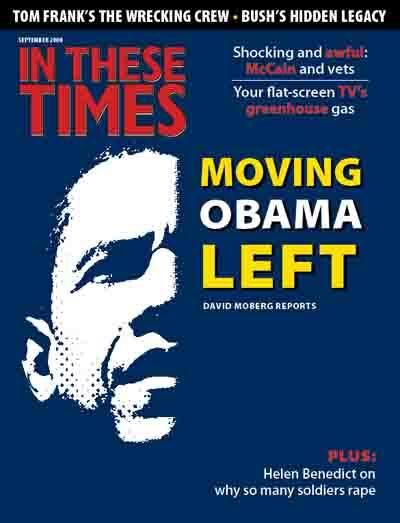It is painful to watch a house of cards topple. Yet, even as it’s being built, we know its destruction is imminent.
The collapse of our nation’s housing market might have been predicted by the banking sector’s overzealous expansion in homeownership and the infusion of home-equity loan dollars into an otherwise dragging economy.
Once upon a time, home loans were offered at fixed rates for 30 years. People saved 20 percent of the value of a home to show credit worthiness. Mortgage payments didn’t fluctuate on fixed-term loans and there was no element of gambling involved in the process.
In the last decade, though, the government developed lending instruments to facilitate homeownership – rates were fixed, rates were variable, payments were set at lower than the interest rate, with high balloon payments expected at the end of a loan. Mortgage brokers worked with borrowers with credit challenges to find loans, offering loan terms that were affordable in the short run and disasturous in the long run.
This fiscal creativity was a function of home values rising so rapidly that people could count on tapping into extra cash and income from their home equity to finance automobiles, education and consumer spending.
Lenders decided to gamble and turn a market that generated marginal profit into one that produced big money. Those deemed not credit worthy – or those without access to information about affordable loans – got subprime loans that offered them too little for too much. Those hoping to renovate their homes, for example, found themselves offered more loan than they wanted, and at higher terms than they were comfortable with.
But there was so much profit to go around that even people with shaky credit histories found themselves barraged with offers to borrow – albeit high-interest ones.
A proposal from Rep. Barney Frank (D-Mass.), chair of the House Financial Services Committee, could prevent as many as 400,000 foreclosures by refinancing mortgages through the Federal Housing Administration. Frank and Rep. Maxine Waters (D-Calif.) are likely to hold hearings in September on the foreclosure crisis. Frank says his plan will not cost taxpayers, although the bailout of homeowners – and of financing institutions – does put some burden on taxpayers.
What happens to the bankers who made loads of money on an inflated market? Should those who profited from developing unfair loan terms emerge from this crisis unscathed and untaxed on their earnings?
What about renters? While homeowners in trouble are getting a bailout from the Treasury, renters remain disadvantaged in our national obsession with homeownership. Renters don’t get the benefits from tax write-offs on mortgage interest. And if their landlord or property owner fails to pay his or her mortgage, the renter is evicted. Worse, renters are now among the taxpayers who will pay for the housing bailout.
The collapse of the housing and financial markets has Reagan-era roots. Beginning with the passage of the 1980 Depository Institutions Deregulation and Monetary Control Act, Congress instituted measures that encouraged financial deregulation. As a result, the financial services industry – a sector that had once been among the most stable and highly regulated – became one of the freest and most unfettered markets.
In 1994, the Neal-Riegle Interstate Banking Act removed restrictions on banking networks and branch banking. Five years later, the Gramm-Leach-Bliley Act repealed banking regulations that dated back to the ’30s and ended the separation between insurance companies and banks.
Deregulation – and the shadow banking system it created – shredded the financial safety net that the hardship of the Great Depression had produced. Now, more than a dozen banks have been targeted for closure, the housing market is in shambles and financial markets, too, are feeling the pressure of a decade of bad decisions.
While the crisis will not approach Depression-era levels, many of the ingredients for further tension exist:
Too many homeowners can’t pay their mortgages, despite federal legislation.
Too many banks are impeding growth because, newly chastened, they won’t lend to potentially good businesses.
And too many borrowers, lenders and bankers are being forced to re-evaluate the fundamentals of transactions.
When the dust clears, those of us who didn’t profit when the house of cards was built will be left with the debris – and the shattered lives of those who were at the bottom.







